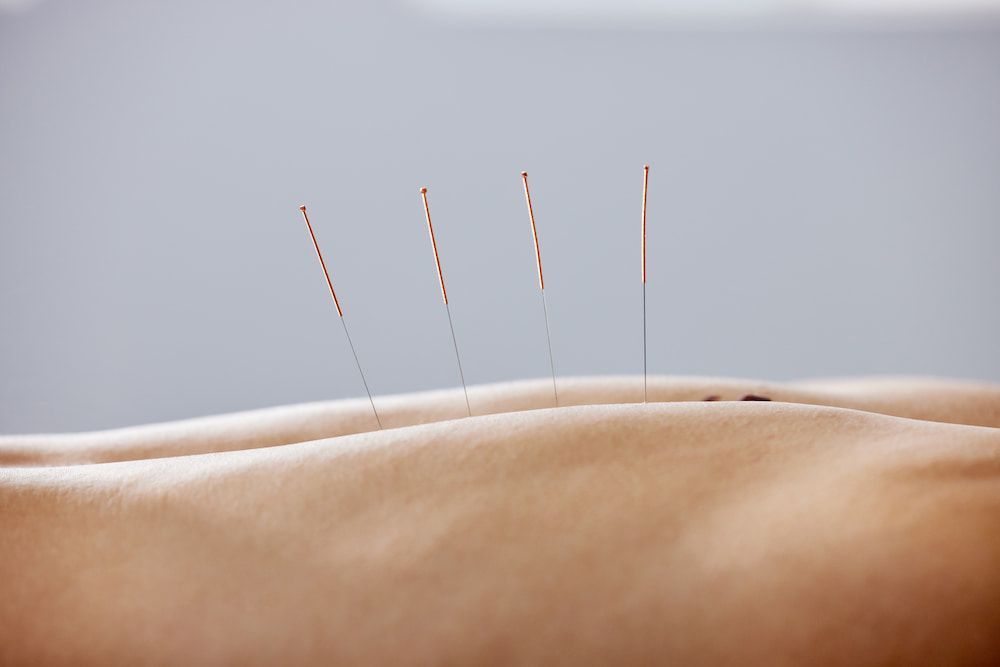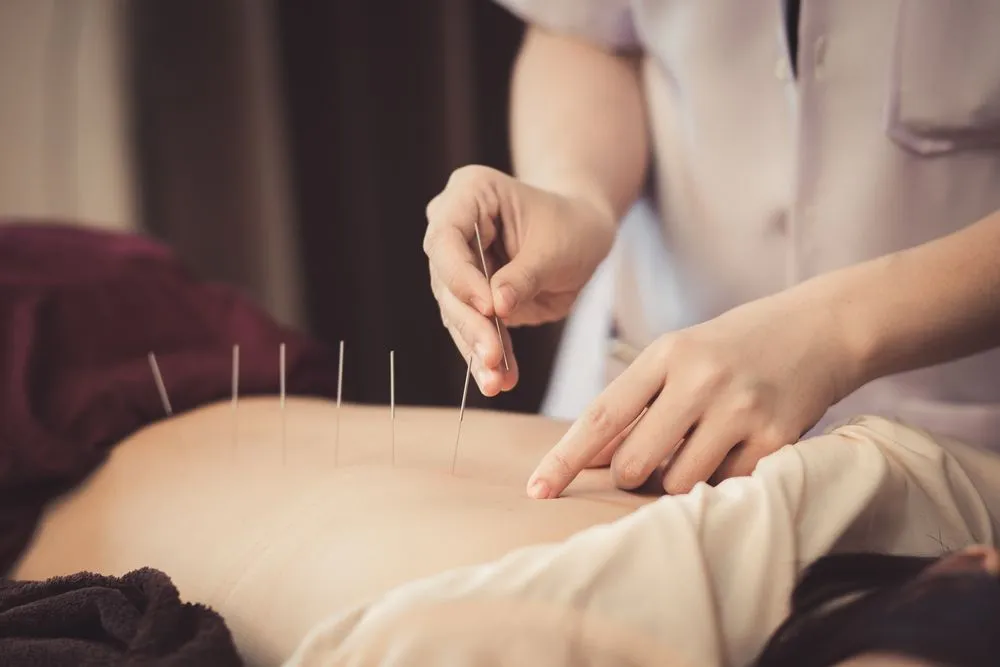Dry Needling in Bundaberg
- AHPRA-Registered Chiropractors
- Evidence-Informed Treatment Plans
- TGA-Approved Therapies
Request a Callback
Thank you for contacting Sugarland Chiropractic Centre.
We will get back to you as soon as possible.
Oops, there was an error sending your message.
Please try again later.
Bundaberg Dry Needling
For individuals experiencing deep muscular tension, persistent trigger points, or movement restriction, dry needling offers a precise and targeted solution. At Sugarland Chiropractic Centre in Bundaberg, we provide dry needling as part of a broader musculoskeletal care approach. This technique involves the insertion of fine, sterile needles into myofascial trigger points—tight bands within muscle tissue—to help reduce pain, restore range of motion, and improve muscle function.
Unlike acupuncture, dry needling is rooted in anatomical principles and is used specifically to address neuromuscular issues. Treatments are performed by trained practitioners and adapted to your tolerance and physical condition, whether the issue stems from injury, overuse, or postural strain.
Dry needling is often combined with other therapies, such as manual treatment and corrective exercise. To schedule a consultation or learn more about whether this approach may suit your needs, call (07) 4153 2233.
Targeting Trigger Points for Pain & Performance
Dry needling works by stimulating sensory nerves and promoting microcirculation in areas where tight muscle fibres contribute to pain or functional limitation. When a needle is inserted into a trigger point, it may cause a local twitch response—an involuntary contraction that often signals the release of tension in the area. This can result in immediate or delayed improvements in flexibility, movement quality, and pain sensitivity. Commonly treated areas include the shoulders, neck, glutes, hamstrings, and lower back—especially in people who experience chronic stiffness, repetitive strain injuries, or postural fatigue.
Each session begins with a clinical assessment to identify which muscles are involved and whether dry needling is appropriate for the condition. The technique is performed under strict infection control protocols and with consideration for individual comfort and medical history. While the response varies from person to person, dry needling is frequently integrated into care plans to accelerate soft tissue recovery and support long-term musculoskeletal health.
Frequently Asked Questions
What is the difference between dry needling and acupuncture?
Dry needling and acupuncture both use fine needles, but they differ in purpose, technique, and theoretical foundations. Dry needling is based on Western anatomy and targets myofascial trigger points—tight bands of muscle that may cause pain or restrict movement. Acupuncture originates from Traditional Chinese Medicine and aims to balance energy flow or “qi” along specific meridians. In clinical settings, dry needling is often used for musculoskeletal pain, while acupuncture may address a broader range of systemic concerns.
Is dry needling painful?
Most people experience minimal discomfort during dry needling, though sensations can vary depending on the area being treated and individual sensitivity. You may feel a slight twitch or pressure when the needle reaches a trigger point, followed by a sensation of release or relief. Some people experience mild soreness or fatigue in the treated area for up to 24–48 hours, which is a normal part of the healing response.
What conditions can dry needling help with?
Dry needling is often used to treat conditions involving muscle tightness or trigger points, such as tension headaches, neck and shoulder pain, sciatica, lower back discomfort, and sports-related muscle strain. It may also assist in managing chronic pain, limited range of motion, and postural imbalance. The technique is typically used alongside other therapies like manual treatment and exercise for a more comprehensive approach.








